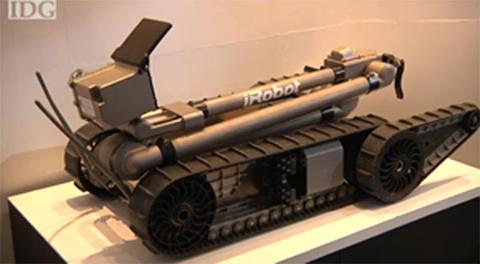Kodak may be a sinking ship, but apparently it's a
nuclear sinking ship. Or was. For more than 30 years the company kept a small reactor running in its basement in Rochester, N.Y., used for research and powered by 3.5 pounds of uranium. And not just any uranium, but highly enriched uranium. The kind they make bombs from. Kodak took precautions -- the reactor was locked away in a concrete-and-steel bunker that was closely monitored. It never leaked, and though the company didn't go out of its way to publicize it, the reactor's existence wasn't a secret. Federal regulators knew about it, though it's not clear whether local officials did. Nuclear non-proliferation experts raised their eyebrows on hearing about it. “It’s such an odd situation because private companies just don’t have this material,” said one. Why a buried nuclear facility? Says the local Democrat and Chronicle:
Starting decades ago, Kodak had an interest in neutrons, subatomic particles that can be used to determine the makeup of a given material or to create an image of it without damaging it. A steady stream of neutrons is needed for these purposes. Kodak used small research reactors, including one at Cornell University, and possessed a dollop of californium-252, a radioactive isotope that endlessly sheds neutrons. But it wanted a more potent in-house system, so in 1974 it acquired a californium neutron flux multiplier, known as a CFX. Small plates of highly enriched uranium multiplied the neutron flow from a tiny californium core.
Kodak removed the reactor in 2006, under the watchful eye of federal officials. Apparently it never seriously considered using it to escalate the competition with digital camera manufacturers like Sony, Olympus and Canon.
Related Links


